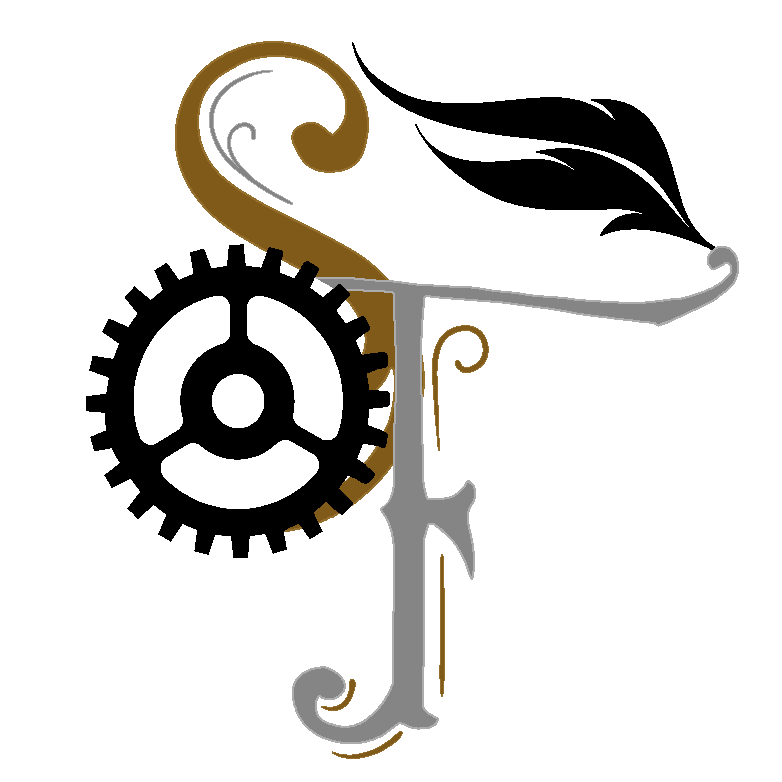ST Forge: Storytelling Horror in 3 steps
ST Forge is a series to help Storytellers and Game Masters improve their craft and learn new ways to engage their players.
“I tucked my daughter into bed, and she tells me, ‘Dad, check for monsters under my bed.’ I look underneath to amuse her and see her staring back at me, quivering and whispering, ‘Dad, there’s somebody on my bed.”
Horror stories written in two sentences. One of my favorite parts of October next to… well, Inktober since Halloween is a year-round tradition. I’ve seen many storytellers try their hand at the horror genre, particularly when trying to narrate a critical boss fight. In Vampire: The Masquerade LARPs it’s not uncommon to see a storyteller cross boundaries and take the scene too far. Post-Mortem Gaming covers many of these in an episode of Table Talk, and really—little has changed since. For every HORROR story though, there are many chilling tales that make your player’s skin crawl and NOPE the F out of the encounter. I’ve had game sessions with relatively easy monsters (stat-wise), but in bringing the chilling nature of the creature to life, my players were afraid to engage.
Most horror tales tend to play out at a slower pace, and this can work very well after an epic action-packed campaign. The tricky part is nailing the timing of the reveal and making sure your players are on board.
The Expected Should Be Unexpected
When players sit down at the table, character sheet in hand and ready for combat (social or physical) you’ve got to interrupt this assumption. This one aspect of horror storytelling is true in any medium and has been a tried-and-true tactic before any of us were alive. An unexpected twist may have become something of a meme (“What a twist!”), but there is truth behind it. The key is where you place the twist. Take ‘your players sit down’ at the table for example—Thirteen Candles changes the very perception of the table by playing in near total darkness. Dread introduces the Tower of Hopes as an imposing force on the table, ready for when they arrive. Changing an expected out-of-game sense (sight and touch) creates an instant interruption and connection to the imagination. They might be curious or start wondering what is in store for them in this session. If you plan to use sound, you might want to plan ahead and create a regular soundtrack for your game, so on the session that invokes horror, it can be swapped for this same effect.
This interruption and connection (while not scary yet) help to pull the players out of their minds and open up the opportunity for evocative horror later.
A little creativity goes a long way to achieve this, regardless of the game system. By dipping into an experimental toolbox, you might ask for a Wisdom (Perception) check in 5E, then go to great lengths describing the absolute sound of silence. Or when the group launches an attack, instead of totaling the damage: narrate the bone-crunching and blood-curdling screams of the unlucky sap. Anything you can do to alter what the players expect to happen within their story will work miracles for your chronicle.
Mind your surroundings, they could be watching
Real talk: Don’t run a horror chronicle in a loud gaming store or attempt it in a crowded RPG room at a convention. Sure, it’s technically possible to do so, but it won’t have the same desired effect. Running a game like Ten Candles over a stream is difficult and requires planning ahead of time, even if your focus is for the viewers—you still need your player’s engagement. When there are a million random variables that can trash the mood, you are better off tabling your horror scenes for when you have more control. This is because background sound and touch are two of the most valuable senses we have when it comes to horror. The sight of bug eyes up close (or certain lotus flowers taken out of context) causes an instinctual human reaction with a mere glance, but that picture is a fleeting moment. There is a wider range of immersion when it comes to sound and touch, something often on display at True Dungeon experiences at Gencon. Programs like Syrinscape can help with the sound part of immersion by providing creepy dungeon sounds, but so can a trip down YouTube (just watch out for ads). I can’t believe I’m going to mention this: ASMR sounds are actually REALLY creepy when out of context (and in context).
Touch is trickier. Without props, there isn’t much in the way any storyteller can do without completely crossing some lines, and not everyone is a special effects designer with a vat of fake liquid blood lying around. Remember that touch doesn’t need to be horrifying or some gross substance players will refuse to stick their hands in just for the sake of gameplay. Instead, this is one of my favorite tips:
Instead of classic #2 pencils or mechanical ones: give your players quills with ink for the session.
Use these quills to have them write down notes during the session to communicate with ghosts or their allies back home. The same can be said for using Tarot cards in your session or letting each player guard a small candle flame that is theirs for the scene. Any of these tiny changes in touch will create the effect you are seeking and create a memorable experience.
Dilate Time
Most horror movies follow a non-traditional arc. Slasher flicks interrupt you with jump scares, while eerie ghost stories have notoriously long lead-in arcs. When the characters are finally in the thick of heart-pumping tension, extend the scene. Freddy may stalk your nightmares, but those dreams can last forever. Even when you wake, the chase has only just begun. These tools used in movies are available for STs at the table by fiddling with combat tempo. Make some rounds quick and snappy, forgoing entire dice rolls and just letting their actions succeed (not fail), then spend another round slowly describing the sound of their plated armor crunching leaves as they sneak up to a forest hut. Or, while your players are rolling dice, practice narrating and building tension of the scene and reveal the climax after the dice hit the table.
Altering tempo is another method of changing the expected and also helps create ambiance, but it is best used during the heated moments of a scene. Try out these tips no matter what time of year your game takes place. It also goes without saying that any use of horror in your games should be handled with the full consent of your players. Don’t be that jerk who really wants to narrate fleshcrafting without checking in.
Here is the spot I ask you to share this article if you’ve enjoyed it. Because… well… have to ask at some point!
Enjoy the ST Forge series? Sarcastic fantasy about the end of the world? Subscribe to the mailing list and get a monthly bundle of these articles delivered so you don’t miss out!
Featured Image: The Ashen Fields by Elizabeth Mefessta


